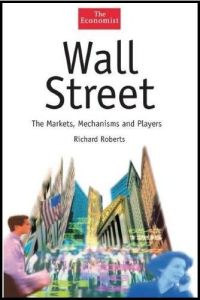Join getAbstract to access the summary!

Join getAbstract to access the summary!
Richard Roberts
Wall Street
The Markets, Mechanisms and Players
Bloomberg Press, 2003
What's inside?
The history of Wall Street: Life in the big city, complete with politicos, financiers, big bucks, big scandals and big dreams.//
Recommendation
Investors invariably greet each new Wall Street scandal with shock and dismay. But scholar and author Richard Roberts reminds readers that fraud is nothing new in the U.S. financial industry. Tracking miscreants from Charles Ponzi to Enron, Roberts succinctly outlines scams that have separated investors from their money. His overview of Wall Street fraud is the most compelling part of this book, which is mostly a textbook-style primer that outlines the structure of Wall Street. Overall, Roberts focuses on describing Wall Street’s various stages of development, sectors and markets, perhaps with too little narrative thread or fresh analysis. getAbstract recommends this as a thorough introduction to U.S. financial industry that offers some insight into its scandals.
Summary
About the Author
Richard Roberts is on the faculty of the School of Social Sciences at the University of Sussex. His books include The Bank of England 1694-1994 and City State.


















Comment on this summary